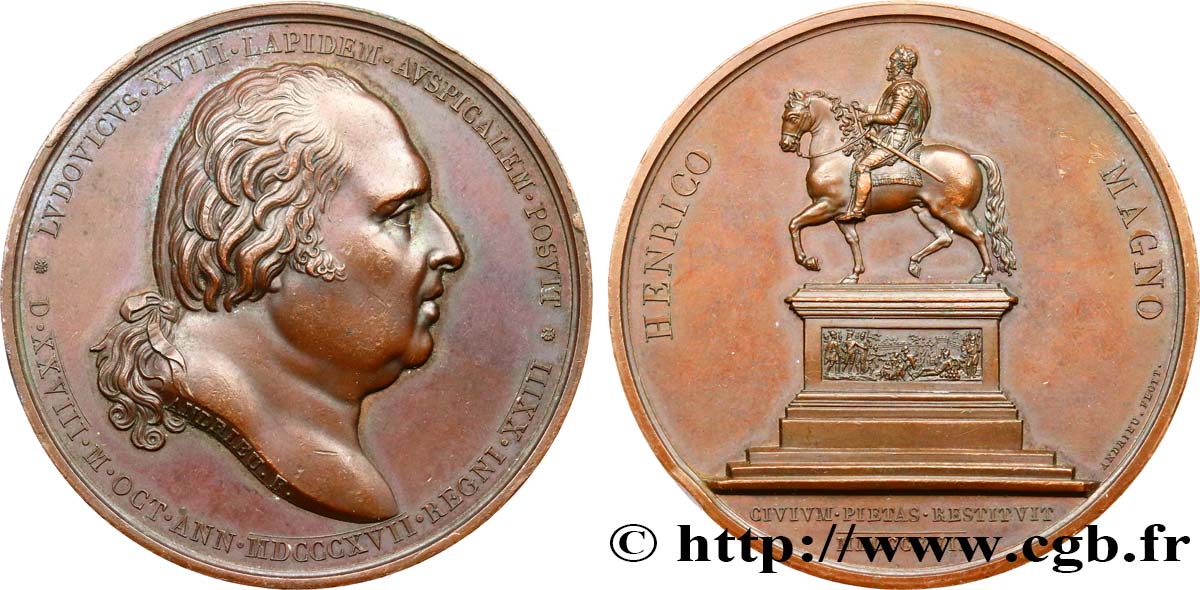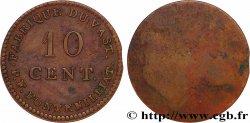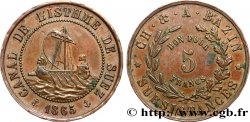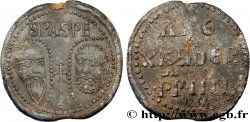Live auction - fme_685237 - LOUIS XVIII Médaille, Statue équestre d’Henri IV
You must signin and be an approved bidder to bid, LOGIN TO BID. Accounts are subject to approval and the approval process takes place within 48 hours. Do not wait until the day a sale closes to register. Clicking on "BID" constitutes acceptance of the terms of use of cgb.fr private live auctions.
Bids must be placed in whole Euro amounts only. The sale will start closing at the time stated on the item description; any bids received at the site after the closing time will not be executed. Transmission times may vary and bids could be rejected if you wait until the last second. For further information check the Live auction FAQ
All winning bids are subject to a 18% buyer’s fee.
All winning bids are subject to a 18% buyer’s fee.
| Estimate : | 85 € |
| Price : | 35 € |
| Maximum bid : | 61 € |
| End of the sale : | 13 February 2024 16:30:17 |
| bidders : | 1 bidder |
Type : Médaille, Statue équestre d’Henri IV
Date: 1817
Metal : copper
Diameter : 49,5 mm
Orientation dies : 12 h.
Engraver ANDRIEU Jean-Bertrand (1761-1822)
Weight : 64,70 g.
Edge : lisse
Puncheon : sans poinçon
Coments on the condition:
Patine marron hétérogène avec des traces de manipulation dans les champs. Présence de quelques coups et rayures, notamment sur la tranche
Catalogue references :
Obverse
Obverse legend : * LVDOVICVS. XVIII. LAPIDEM. AVSPICALEM. POSVIT * - D. XXVIII. M. OCT. ANN. MDCCCXVII. REGNI. XXIII.
Obverse description : Buste nu à droite ; sur le col, signé : ANDRIEU F..
Reverse
Reverse legend : HENRICO - MAGNO ; À L’EXERGUE : CIVIVM. PIETAS. RESTITVIT / MDCCCXVII.
Reverse description : Dans le champ, statue équestre à gauche sur un piédestal timbré d’un bas-relief représentant le siège de Paris ; signé à droite : ANDRIEU. FECIT..
Commentary
Par cette série de médailles, Louis XVIII affirme sa parenté avec le populaire Henri IV.
La première statue équestre d'Henri IV est exécutée par Giambologna et Pietro Tacca, elle fait partie de la composition de la place Dauphine et est inaugurée en 1614. Elle comportait à chacun des angles de son piédestal une statue d'esclave, de style maniériste, réalisée par Pierre de Francqueville. Cette première statue équestre est abattue en 1792 pendant la Révolution française pour faire des canons. Les statues des captifs se trouvent désormais au musée du Louvre.
La statue actuelle est l'œuvre du sculpteur François-Frédéric Lemot ; elle fut inaugurée le 25 août 1818. Lors de cette nouvelle érection, plusieurs objets furent placés à l'intérieur de la statue. Des documents en parchemin relatifs à l'inauguration de la statue, 26 médailles, 3 ouvrages sur Henri IV. L'ensemble était placé dans le ventre du cheval et se trouve aujourd'hui conservé dans l'Armoire de fer aux Archives nationales, Musée de l'histoire de France. Voici la liste des 18 pièces suivant les côtes des Archives nationales :
AE/I/15bis/1/1 à 6 - Boîte de plomb à âme de bois ayant contenu les parchemins relatifs à l'inauguration de la statue d'Henri IV au Pont-Neuf et les documents sur parchemin.
AE/I/15bis/2/1 à 2 - Boîte de plomb à âme de bois ayant contenu les Économies royales de Maximilien de Béthune, duc de Sully, 2 volumes in-folio reliés par Simier, relieur du roi, veau rouge et dorures, armes de France.
AE/I/15bis/3/1 à 2 - Boîte de plomb à âme de bois ayant contenu La Henriade de Voltaire, exemplaire sur vélin relié par René Simier, était en maroquin bleu, "avec dentelles, compartimens et armes de France". La reliure a disparu, soit par décomposition, soit par agglutination avec un des pans de la boîte en bois.
AE/I/15bis/4/1 à 3 - Boîte de plomb à âme de bois ayant contenu Histoire du roi Henri le Grand, par Hardouin de Péréfixe, Renouard, Paris, 1816, 1 volume in 8o relié par Simier, relieur du roi, en maroquin vert, avec dentelle et tranche dorée. Volume en très bon état de conservation, reliure de très belle exécution et 26 médailles (argent, bronze et platine).
AE/I/15bis/5/1 à 5 - 4 boîtes cylindriques (étain ou bois) et un rouleau de parchemin.
L'édifice est classé au titre des monuments historiques en 1921.
La première statue équestre d'Henri IV est exécutée par Giambologna et Pietro Tacca, elle fait partie de la composition de la place Dauphine et est inaugurée en 1614. Elle comportait à chacun des angles de son piédestal une statue d'esclave, de style maniériste, réalisée par Pierre de Francqueville. Cette première statue équestre est abattue en 1792 pendant la Révolution française pour faire des canons. Les statues des captifs se trouvent désormais au musée du Louvre.
La statue actuelle est l'œuvre du sculpteur François-Frédéric Lemot ; elle fut inaugurée le 25 août 1818. Lors de cette nouvelle érection, plusieurs objets furent placés à l'intérieur de la statue. Des documents en parchemin relatifs à l'inauguration de la statue, 26 médailles, 3 ouvrages sur Henri IV. L'ensemble était placé dans le ventre du cheval et se trouve aujourd'hui conservé dans l'Armoire de fer aux Archives nationales, Musée de l'histoire de France. Voici la liste des 18 pièces suivant les côtes des Archives nationales :
AE/I/15bis/1/1 à 6 - Boîte de plomb à âme de bois ayant contenu les parchemins relatifs à l'inauguration de la statue d'Henri IV au Pont-Neuf et les documents sur parchemin.
AE/I/15bis/2/1 à 2 - Boîte de plomb à âme de bois ayant contenu les Économies royales de Maximilien de Béthune, duc de Sully, 2 volumes in-folio reliés par Simier, relieur du roi, veau rouge et dorures, armes de France.
AE/I/15bis/3/1 à 2 - Boîte de plomb à âme de bois ayant contenu La Henriade de Voltaire, exemplaire sur vélin relié par René Simier, était en maroquin bleu, "avec dentelles, compartimens et armes de France". La reliure a disparu, soit par décomposition, soit par agglutination avec un des pans de la boîte en bois.
AE/I/15bis/4/1 à 3 - Boîte de plomb à âme de bois ayant contenu Histoire du roi Henri le Grand, par Hardouin de Péréfixe, Renouard, Paris, 1816, 1 volume in 8o relié par Simier, relieur du roi, en maroquin vert, avec dentelle et tranche dorée. Volume en très bon état de conservation, reliure de très belle exécution et 26 médailles (argent, bronze et platine).
AE/I/15bis/5/1 à 5 - 4 boîtes cylindriques (étain ou bois) et un rouleau de parchemin.
L'édifice est classé au titre des monuments historiques en 1921.








 Report a mistake
Report a mistake Print the page
Print the page Share my selection
Share my selection Ask a question
Ask a question Consign / sell
Consign / sell
 Full data
Full data















